As a nature lover, wildlife enthusiast or even just intrepid explorer, Thailand is absolute paradise.
The Kingdom is home to a huge number of national parks – 127 at the last count – which includes a number of marine parks and wildlife sanctuaries.
But how to choose which one to visit? And how to avoid the ones teeming with tourists?
National parks like Khao Yai, Phang Nga Bay, Khao Sam Roi Yot and Erawan are deservedly popular thanks to their ease of access and plethora of flora and fauna to get up close and personal with. But if you really want to get off the beaten track, it’s time to go a little further afield and discover hidden Thailand, without the noisy commercial tour groups and yuppy backpackers on an ill-defined quest to find themselves.
Here are some of the most stunning national parks Thailand has to offer…
1. Laem Son, Ranong
Best for: Monkey Mischief
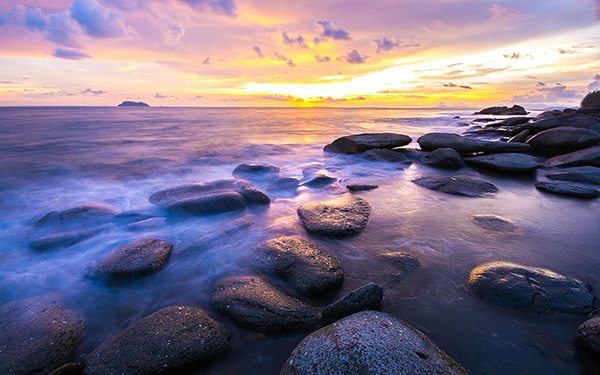
By Kumpol 01
Laem Son is a marine national park measuring 315 square kilometres in size, covering beaches, mangrove swamps, rainforest jungle and coral reefs within its remit. With around 62 miles of Andaman coastline, the park also includes over 20 offshore islands and is part of the Ramsar Convention – an international treaty for the conservation of wetlands.
The park’s headquarters were flattened in the 2004 Indian Ocean tsunami and Ao Khao Khwai was subsequently split in two. One of the most unusual features of Laem Son are its long-tailed macaques. On the islands of Piak Nam Yai and Thao, these little monkeys are prolific in their manufacture and use of stone tools.
2. Pang Sida, Sa Kaeo
Best for: Wildlife Spotters
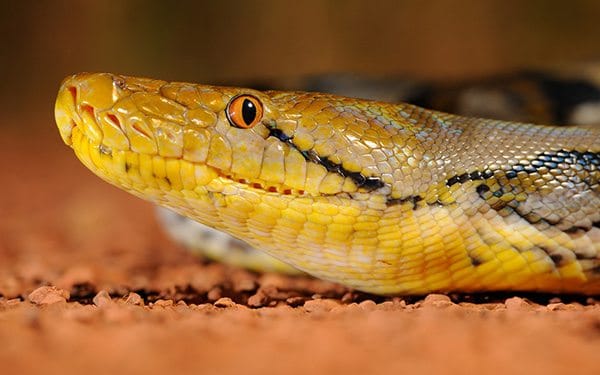
Reticulated python in Pang Sida |By tontantravel
Pang Sida National Park covers 844 square kilometres and is part of the Dong Phayayen Forest Complex UNESCO World Heritage Site. As well as the majestic Pang Sida waterfall, the park is home to a plethora of wildlife – 271 species of vertebrate – and a brilliant butterfly area with 400 different species. Visitors are required to hire a guide to explore the butterfly park in the interests of conservation.
Also in residence is reportedly the critically endangered Siamese crocodile, as well as the Asian elephant, python, dhole, leopard, Malayan sun bear, Asiatic black bear, grey heron and purple heron. Pang Sida’s landscape is also worth writing home about: lush jungle, cliffs, mountains, grassland and forest are all waiting to be explored.
3. Thung Salaeng Luang, Phitsanulok and Phetchabun
Best for: Hikers
Thung Salaeng Luang is notable for its diverse topography: at once savannah, limestone hills, caves, meadows, waterfalls, mountains, salt licks and deciduous forest, it’s a real delight to explore and be guided by. It’s also got an interesting recent history, with the forest used as HQ for the country’s Communist guerrillas in the 1960s to early ’80s.
Perhaps Thung Salaeng Luang’s biggest attraction though is the Kaeng Song Waterfall – a three-tiered subsidiary of the Wang Thong river, often referred to as Thailand’s Niagara Falls. The park is also home to a host of flora and fauna, including elephants, eagles, owls, woodpeckers, yellow-throated marten, tiger, gaur, slow loris and langur. You can also do whitewater rafting at Kaeng Wang Nam Yen.
4. Hat Chao Mai, Trang
Best for: Beach Lovers
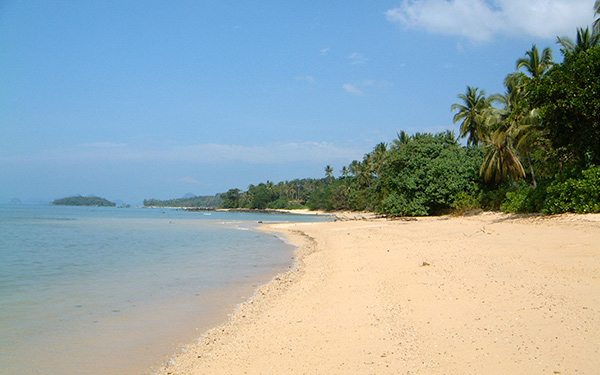
Koh Muk, by nunavut
Hat Chao Mai is a marine national park, established back in 1981, on the Andaman Sea. Although becoming more popular, it’s still considered separate from the well-trod tourist trail. The park covers a 20 kilometre coastline (including a 5 kilometre white sand beach) as well as 7 additional islands: Koh Muk, Koh Chai Mai, Koh Kradan, Koh Pling, Koh Waen, Koh Meng, Koh Chueak.
As well as beautiful beaches, coral reef and marine life, on land Hat Chao Mai is framed by steep limestone cliffs, mountains, rainforest, mangrove forest and grass fields. It’s also home to the dugong – a funny-looking, endangered marine mammal that’s one of Thailand’s 15 reserved species – as well as the black-necked stork and lesser adjutant birds.
5. Op Luang, Chiang Mai
Best for: Ancient History Buffs
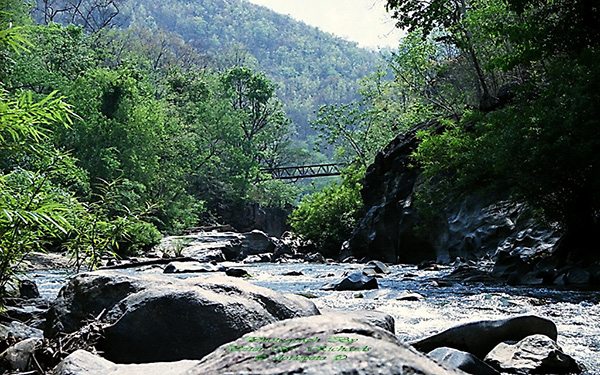
By ol’pete
One of Thailand’s lesser known national parks, Op Luang has enough attractions and beautiful landscape to attract every type of traveller. It’s most famous point is the Op Luang river canyon, carved by the passage of the Mae Chaem river and reaching around 300 metres in length. It’s also home to a number of waterfalls and caves, as well as a hot spring – Thep Thanom.
Prehistoric paintings, ancient jewellery and tools have all been found in Op Luang, with carbon dating finding some items to be around 28,000 years old. The rock and cliff paintings, seemingly depicting hunting activities, can still be observed today in the park’s archaeological site. Tigers, Asiatic black bears, macaques, mongoose, wild boar and other types of wildlife roam the park freely, and it’s also home to around 200 species of bird.
6. Phu Kradeung, Loei
Best for: Instagram Views
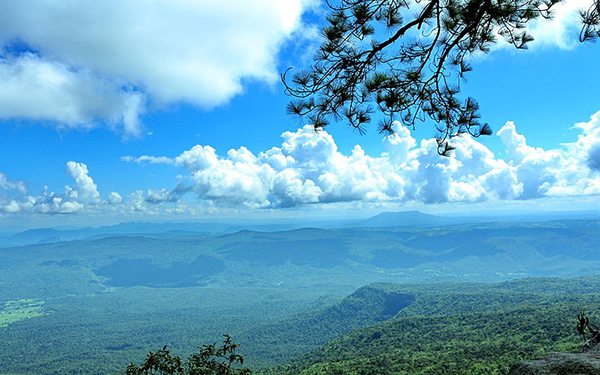
The view from Pha Na Noi Cliff on the mountain| By Mmonthon
Tourists in Thailand looking to climb mountains inevitably opt for the taller and flashier ranges in Chiang Mai, but Phu Kradeung in Thailand’s northeast is a good alternative for those after an easier climb with equally beautiful photo opportunities. This mountain is a favourite among young Thai locals, however, many of which like to spend a night at the summit as a rite of passage.
The summit is at 1,250 metres and offers stunning views across Loei. But ascending the mountain is just as rewarding: tropical forests frame the steep edges, in contrast to the savannah-like plateau, while streams and waterfalls run through. Thanks to the hospitable environment, wildlife on Phu Kradeung is abundant: elephants, barking deer, fox, Asiatic black bears, eagles and rare breeds of turtle have all been spotted.
7. Mu Ko Similan
Best for: Divers
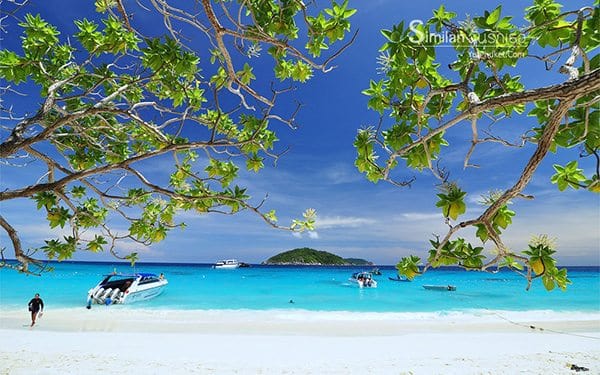
By yutphuket
As one of the most fervently admired diving spots in the world, it would be erroneous to say that the Similan Islands are without tourists. However, the people that are visiting are inevitably diving enthusiasts sharing similar passions so you’ll forgive us for including it here. The small group of islands are found in the Andaman Sea to the west of Phang-Nga province, and are generally accessible by multi-day ‘liveaboard’ trips from Khao Lak and Phuket.
Coral reefs are in abundance while the plethora of marine life is more or less unrivalled – whale shark sightings are not a rare occurrence! A turtle hatching protection programme is in operation here, seeing three of the islands closed to the public, while a few other individual reefs are closed as officials work to restore those damaged by the 2004 Indian Ocean tsunami.
8. Mae Wong, Nakhon Sawan and Kamphaeng Phet
Best for: Birdwatching
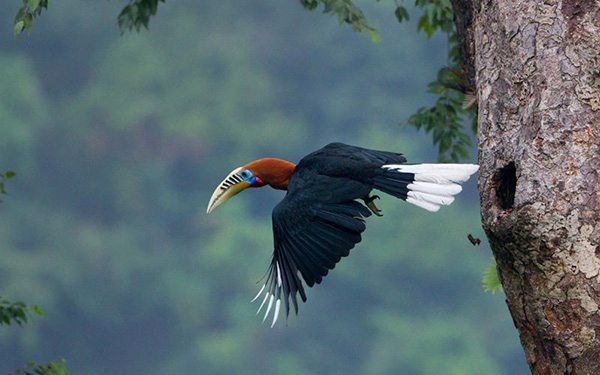
A Rufous-necked hornbill | By Ujjal Ghosh
Covering almost 900 square kilometres, Mae Wong National Park is Thailand’s largest remaining forest tract and one of the prime spots for birding in the country, thanks to the variety of altitudes and accessibility to the western forest complex. The rufous-necked hornbill is the most prized of the park’s inhabitants, probably followed by the crested kingfisher, Burmese yuhina and the coral-billed scimitar babbler.
Mae Wong isn’t only for the bird enthusiasts though: it’s also home to the Khap Mo Ko Chu mountain, located at 1,964 metres above sea level, and a variety of rivers, streams and waterfalls. There are plenty of treks available, including some that last for a week penetrating right into the heart of the jungle.
9. Tarutao, Satun
Best for: Island Hoppers
The Tarutao National Marine Park covers over 50 islands off the coast of Satun in the Andaman Sea, with its southernmost point touching the border with Malaysia. Roughly translated, ‘Tarutao’ means ‘mysterious and primitive’ which should give you some indication of the nature of the park. Koh Tarutao is the largest of the park’s islands and was a former prison colony back in the 1930s, before becoming a base for piracy during the Second World War.
The park is home to a variety of marine life, including the saltwater crocodile before it was declared extinct. Highlights now include the turtles who regularly come to lay eggs at Ao Son, as well as crab-eating macaques, tree pythons, kingfishers and more. Coral reefs, rainforest and white sand beaches are all abundant in the island group, while Crocodile Cave and the Luu Doo Waterfall draw in interested explorers.
10. Khao Sok, Surat Thani
Best for: Nature All-Rounders
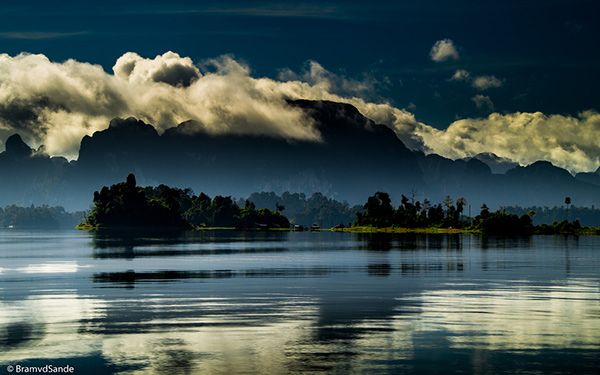
Although Khao Sok could hardly be called undiscovered, its jaw-dropping landscape, breadth of wildlife and trekking opportunities will allow you to forgive the sight of a few tourists. Home to the world’s oldest evergreen forest and over 5 percent of the world’s wildlife species, you can be kept occupied for days with the flora and fauna on display at Khao Sok. The wild mammals include the Asian elephant, tiger, sambar deer, Malayan tapir, wild boar, guar, muntjak, white handed gibbons and many more.
There’s also over 300 species of bird, 38 varieties of bat and the world’s largest flower – the Rafflesia kerrii – resident in the park. As far as landscape goes, limestone mountains contend with tropical rainforests, littered with waterfalls, trails, valleys, caves and reservoirs. The natural world is at your fingertips in Khao Sok.
11. Pha Daeng, Chiang Mai
Best for: Mountaineers
Formerly called Chiang Dao National Park, Pha Daeng is known for its mountainous terrain. It covers areas of the Daen Lao Range and has two whopping peaks: Doi Chiang Dao (2,175 metres) and Doi Puk Phakka (1,794 metres). As well as the limestone mountains, forest, caves and rivers can also be found here, as well as a variety of flora and fauna.
Pha Daeng is another great spot for birdwatching, with the rare species of giant nuthatch and Hume’s pheasant often seen within its borders. Thanks to the mountainous topography of the park, it’s also home to a number of hill tribes – reportedly the only place in Thailand with Akha, Hmong, Lisu, Yao, Karen and Lahu tribes all in evidence.
What’s your pick for the best national parks in Thailand?

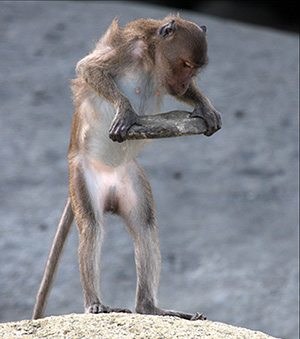
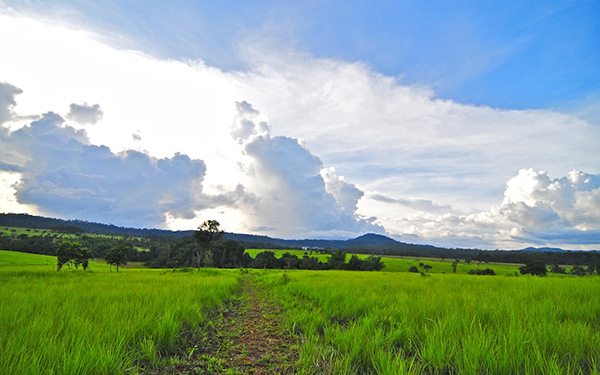
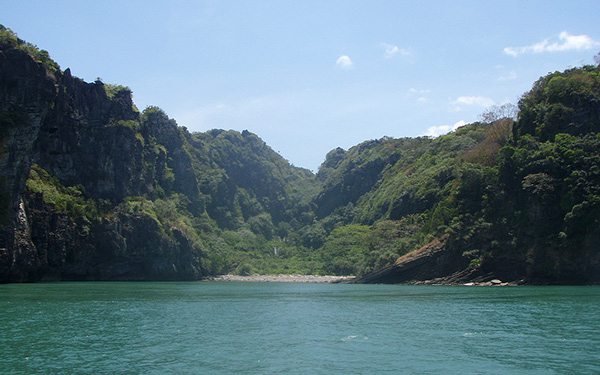
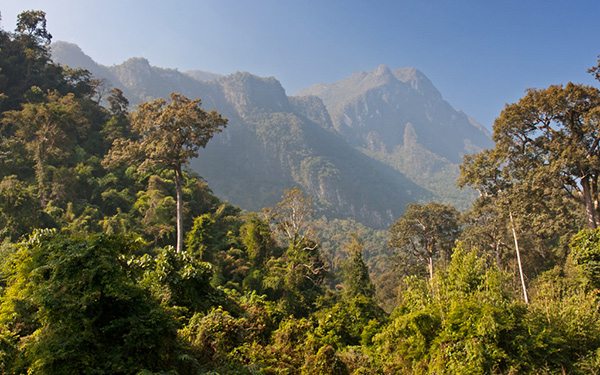

1 Comment
Pingback: 99 Things To Do In Thailand Before You Die | WOS